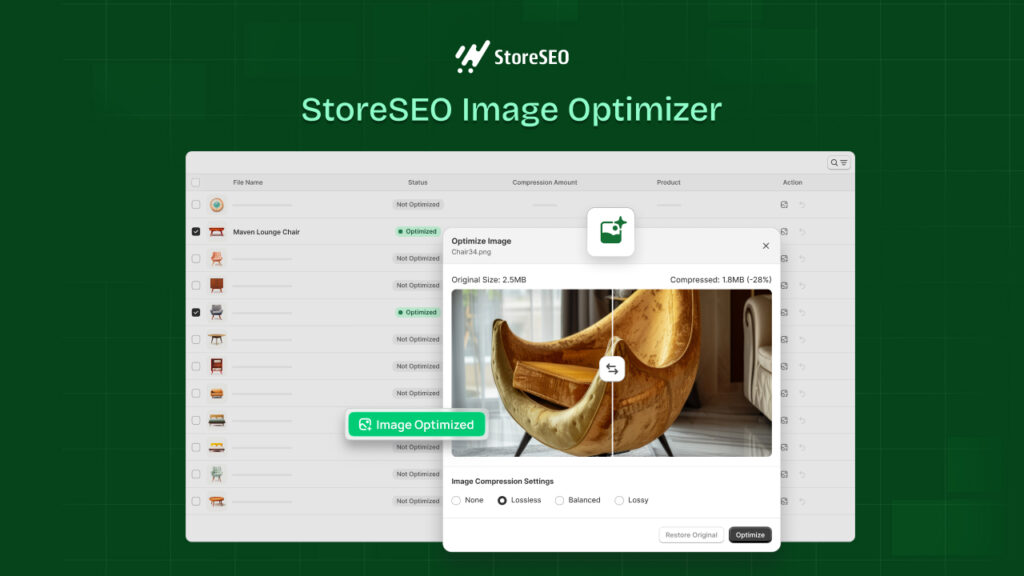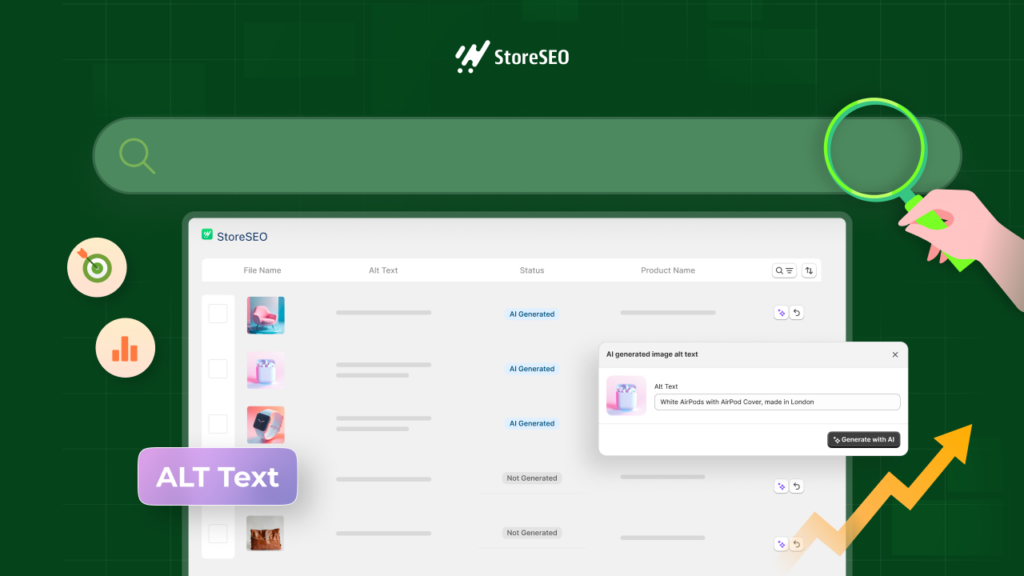Are you ready to unlock the true value of your SEO efforts? As a business owner or marketer, understanding the ROI (return on investment) of SEO is crucial. It not only validates the importance of your work but also enables you to make informed decisions about your marketing strategies for sure positive output. In this definitive guide, we will walk you through the process of measuring the ROI of SEO, empowering you to prove the worth of your efforts in skyrocketing business growth.

📈 Measuring ROI Of SEO: Are Your SEO Strategies Effective?
Measuring the ROI of SEO is not only crucial but also one of the top concerns for SEO consultants, managers, and anyone involved in SEO. It establishes the relationship between your SEO investment and the results you achieve, tying your efforts directly to your business goals. A positive ROI is attained when the revenue generated by your SEO strategy surpasses its cost.
However, it’s important to note that SEO is a long-term endeavor, and measuring its ROI can be complex due to the time required to witness significant results. Nevertheless, it remains a vital key performance indicator (KPI) to measure. With organic search driving 53.3% of website traffic and playing a key role in almost every purchase, understanding the financial value that SEO brings to your business becomes important.
Without knowing the monetary return for every dollar invested in SEO, it becomes impossible to evaluate the effectiveness of your strategies. While tracking other SEO marketing plans is important, a positive ROI serves as the ultimate measure of profitability.
💡 How To Measure The ROI Of SEO
The SEO ROI formula is very simple & easy. Let’s dive into each component of the SEO ROI formula, which is quite similar to calculating the ROI for any other investment. As we said, the formula itself is straightforward- the ROI of SEO is determined by dividing the SEO profit by the SEO costs. In other words:
SEO ROI = (value of conversions – cost of investment) / cost of investment
Calculate The Cost Of SEO Investment
To calculate the cost of your total investment in SEO, begin by adding up all the expenses associated with the resource channels. Consider the following costs:
🌟 In-House SEO Resources: Include employees dedicated solely to SEO. For those whose SEO tasks are occasional, such as copywriters or developers, break down their costs into an hourly or daily rate. Keep track of their time spent on SEO tasks and incorporate it into your calculation.
🌟 Freelancers & Agencies: Tracking SEO investment for external agencies and freelancers is straightforward. Since most agency contracts operate on a retainer model with a fixed monthly fee, add the agency fees or freelancer rates directly to your investment calculation.
Track & Analyze Conversions
The next thing you need to do is actively track and evaluate the value of each conversion. To do this, utilize Google Analytics or a comparable tool that enables you to swiftly and effortlessly assess the revenue generated by an organic search for your business. However, the specific conversions you monitor and the assigned value for each may vary across different businesses.
For instance, online retail stores can employ tracking methods to extract sales data from their digital transactions, thereby accurately quantifying revenue. Conversely, lead generation enterprises must establish objectives (such as form submissions) and allocate monetary worth to them.
Below, we outline the procedure for implementing conversion tracking in e-commerce and lead-generation businesses.
Lead Generation Conversion Values
If your website does not generate sales, tracking conversions can become more difficult. Unlike e-commerce transactions, conversions or leads do not have a predefined value unless you assign one. You can easily do this using Google Analytics. What if you haven’t set it up yet? Simply, follow this Google’s guidelines.
Once you set everything up, navigate to Admin → Events to create a new event.

Now, click on the Create Event button. Then, proceed to generate events for each of your conversions. These conversions encompass a range of activities that directly impact the success of your business, such as form submissions, free trial signups, or visits to specific pages. Track each conversion to measure your ROI of SEO.

E-commerce Conversion Values
To start the collection of e-commerce conversion data, incorporate e-commerce events into your website using Google Tag Manager. Upon commencing tracking, you will gain access to an e-commerce report that provides comprehensive insights into your transactions.
In Google Analytics, simply go to the Reports section, then navigate to Monetization → E-commerce purchases to get the detailed information regarding your e-commerce conversions.
Calculate Your Return On Investment
Calculating ROI from SEO becomes effortless once you have the necessary numbers. Simply apply the familiar formula:
SEO ROI = (value of conversions – cost of investment) / cost of investment
For instance, let’s assume that your SEO campaign generated $200,000 in one month, with a cost of investment amounting to $40,000. Substituting these values into the formula:
($200,000 – $40,000) / $40,000 = 4
This implies that for every $1 spent on SEO, you gained a return of $4. In other words, your ROI stands at 400% (4 x 100 for percentage representation).
That’s all there is to it. Feel free to utilize this formula for calculating your SEO campaign’s ROI over any chosen period, provided you have the relevant cost and return data.
🌟 Top Challenges Of Measuring ROI Of SEO
To calculate SEO ROI and related metrics effectively, it’s important to be aware of the challenges involved. We’re offering some practical recommendations to help you navigate these challenges and optimize your results.
Connection Between SEO & Brand-building
Imagine you’re watching YouTube videos and stumble upon someone discussing an intriguing product. You decide to Google the brand or product, visit the website, and purchase. In this scenario, organic traffic receives full credit for the conversion. There are other situations where organic search interactions are limited to branded queries only. However, SEO ends up getting credited when it shouldn’t.
On the flip side, having a strong SEO presence with high search visibility throughout the entire funnel can independently convert numerous prospects from start to finish. But social media ads, display ads, and search ads tend to overshadow SEO and receive more credit for conversions simply because they are more noticeable.
Retention Impact Of SEO
SEO has two categories of impact on customer retention. Firstly, when people become more familiar with the toolset, they use it more frequently, resulting in reduced churn rates. Secondly, content showcasing tools and features available in higher-priced plans motivate some users to upgrade their monthly subscriptions.

Essentially, SEO contributes to increasing customer lifetime value by addressing the retention and nurturing stages of the marketing funnel. However, quantifying this impact in calculating SEO ROI is challenging or often impossible.
Discrepancies Between Investment & Return Periods
Calculating ROI involves considering investments and returns within specific time periods. However, it’s challenging to directly link SEO investments to specific returns at the website and business level. The simplified approach of comparing overall monthly periods for investments and returns falls short in this regard. SEO often requires significant time to yield returns on investment. While quick wins are possible, they are not guaranteed.
A more effective approach is to calculate ROI at a granular level, such as categories, pages, or keywords. This allows for a better evaluation of the returns achieved by ranking specific pages and understanding the corresponding investments made.
It’s still possible to exclude technical SEO costs and broader website-related efforts, as they are unlikely to drastically impact the ROI of a specific page. However, it’s important to be aware of these costs even if they are omitted for simplicity’s sake.
📊 Measure ROI Of SEO & Make Your SEO Efforts Work
By effectively measuring the ROI of your SEO efforts, you can identify what’s working, and what’s not, and make data-driven decisions to improve your website’s visibility, organic traffic, and ultimately, your business’s success.
Remember, SEO is an ongoing process, and continuously refining your strategies based on ROI analysis will help you stay ahead in the ever-evolving digital landscape. Hope you have found this article informative and helpful. If so, don’t forget to subscribe to our blog for more.





![[Shopify Guide] How to Optimize Your Halloween Party Supply Store for SEO?](https://storeseo.com/wp-content/uploads/2024/10/1-Halloween-Party-Supply-Store-Optimization-1024x576.png)


